EXECUTIVE SUMMARY
February 2018 — For state and local organizations that incorporate business recruitment and retention into their economic development strategies understanding business migration is important. Regions often compete to have businesses relocate in their community with the goal to increase job and income growth. Economic development resources are devoted to incentive packages that can include tax abatement, subsidies, public services, or land development. Under some circumstances, the incentive packages can effectively reduce costs, increase profitability, and ultimately sway the location decision of a business. Hence, understanding the trends and patterns of business migration is critical for choosing effective development strategies.
Key Findings:
- The number of establishments that move or relocate in Wisconsin is quite small. Over the period 2000 to 2011 only about one percent of establishments moved in any given year. An even smaller share (0.4%) either moved in or out of Wisconsin.
- Most establishments that do relocate move only a short distance: 10 miles or less.
- The typical establishment that moves is a service-related firm with four or fewer employees and under $250,000 in annual sales.
- The net change in state-level employment from establishment relocation is less than 0.05% of total state employment.
- Migration of establishments into and out of Wisconsin track very closely resulting in small net changes in the number of establishments from relocation each year.
- The limited number of establishments that move to or from Wisconsin tend to be linked to Illinois and/or Minnesota. Florida may be the one exception and that movement is likely tied to retirement migration.
- Bottom-line Policy Implication: Devoting limited resources to recruiting establishments to Wisconsin may be an inefficient use of those resources.


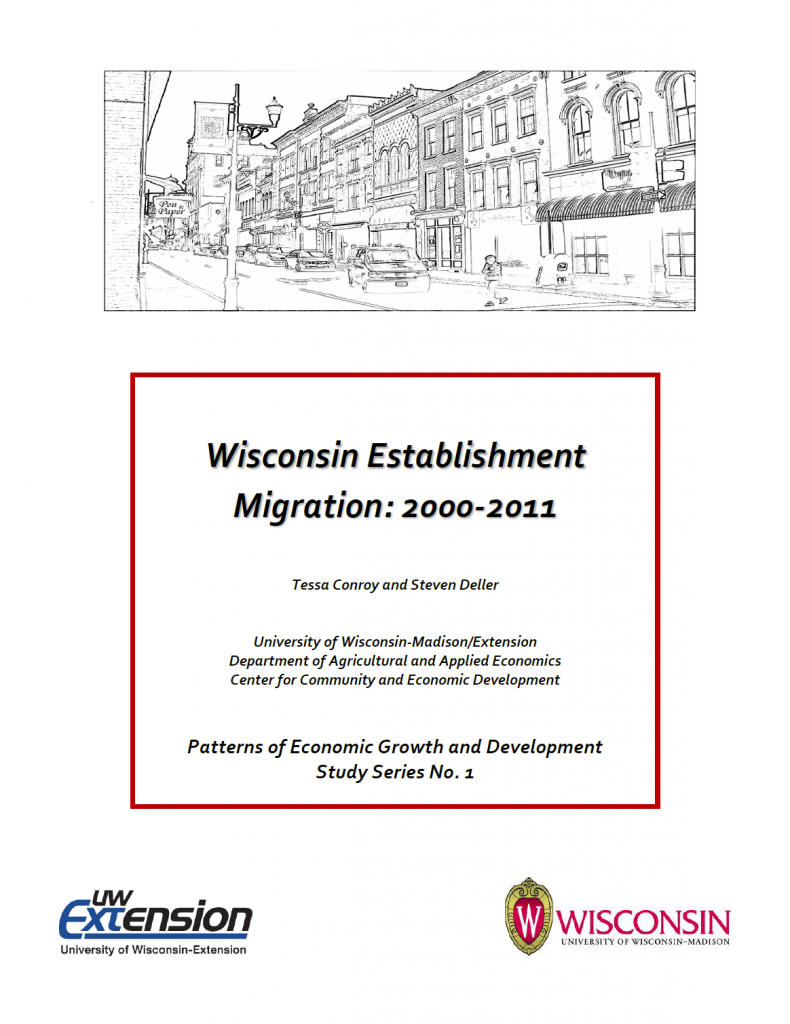




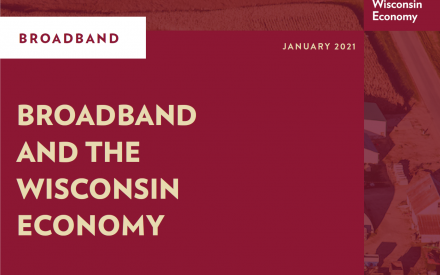
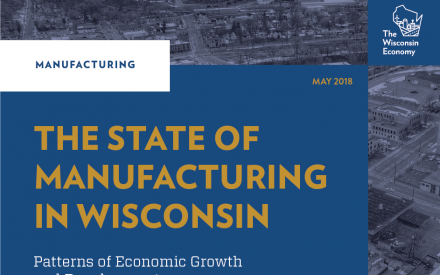
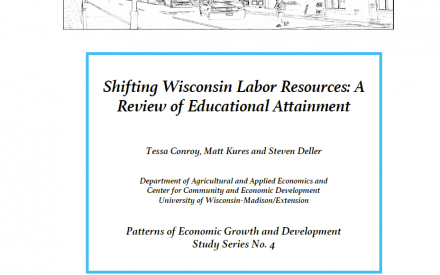
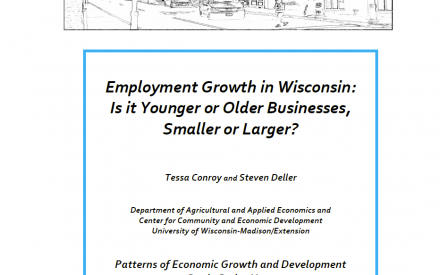


 How Ready are Owners for Business Succession and Transition?
How Ready are Owners for Business Succession and Transition? 2024 Wisconsin Connecting Entrepreneurial Communities Conference
2024 Wisconsin Connecting Entrepreneurial Communities Conference Business Owners of Color in Wisconsin: Trends & Outcomes
Business Owners of Color in Wisconsin: Trends & Outcomes


